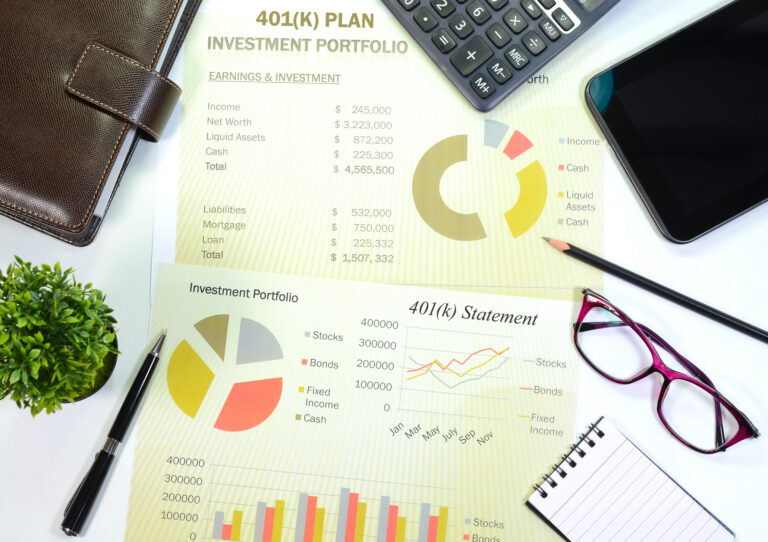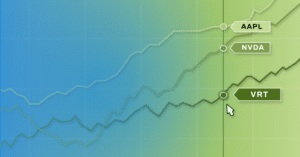Let’s take a trip back to 1925 – a time of rapid economic growth and technological innovations that brought many new consumer goods into the lives of Americans.
“The Roaring Twenties symbolized a period of excess and consumerism, where people were spending more freely,” Taylor Kovar, a certified financial planner and the founder of 11 Financial in Houston, Texas, said in an email.
There was also a shift in social norms, particularly with the rise of flappers, symbolizing increased female independence. Jazz music dominated nightlife in major cities, adding to the vibrancy of the era. Meanwhile, prohibition was in full swing, fueling the rise of speakeasies and the bootlegging industry.
While a tough decade was around the corner, Americans didn’t yet know it and were riding high on economic prosperity.
But what was the cost of living like, and how does it compare to today? Here’s a look at everything from income and taxes to housing, cars and groceries.
Income and Taxes
In 1925, the average gross income of Americans was $5,425 per year, according to the IRS (this figure represents the people who had incomes high enough to submit a return), and the average tax rate was just 3.35%, resulting in an average of $176 in taxes.
Adjusting for inflation, $5,425 in 1925 has the same buying power as $98,968 in 2024, according to the U.S. Bureau of Labor Statistics’ CPI inflation calculator. Further, the $176 in taxes would amount to $3,210 in 2024, leaving a net income of $95,758.
In comparison, the median household income in 2023 was $80,610, according to the latest available U.S. Census data.
Recent average tax rates aren’t available, but the Tax Foundation reports that in 2021 the average rate was 14.9%. At that rate, an American earning $80,610 annually would pay approximately $12,010 in taxes, resulting in a net income of $68,600.
So, while the 1925 average annual income of $5,425 sounds low in today’s world, dollars stretched further at the time, thanks to higher purchasing power and a significantly lower tax rate.
Cars
The early 1900s was a transformative era for automobiles in the U.S. Henry Ford innovated mass-production techniques that became standard, and Ford, Chrysler and General Motors emerged as the “Big Three” auto companies.
By 1925, personal car ownership was the norm, and demand had shifted from first-time purchases to vehicle replacements. At that time, car prices were typically between $1,000 and $3,000, although Ford Model T Touring cars had come down to just $260.
In 2024 dollars, that’s the equivalent of $18,243 to $54,729 for most cars, and $4,743 for the Model T Touring vehicle. But Americans weren’t paying out of pocket – about 75% of all new cars were bought using credit in 1925.
Today, the average cost of a new car in the U.S. is $48,274, while used cars average $27,177, falling right in line with the inflation-adjusted 1925 figures.
And the trend of financing vehicles is still going strong. According to Experian’s recent State of the Automotive Finance Market report, 80% of new vehicles are bought using financing.
Housing
Housing prices have seen massive increases, especially in recent years.
As of Q3 2024, the median sale price of houses in the U.S. was $420,400, according to the Federal Reserve. Meanwhile, Redfin reports that the median asking rent was $1,594 as of December 2024.
Back in 1925, a new house cost approximately $11,600, and rent averaged $75 per month, according to research by the Morris County Library. Adjusted to 2024 dollars, that equates to about $211,619 to purchase a home and $1,368 per month to rent one.
While the inflation-adjusted 1925 rent price isn’t too far off from the current median rent rate, the adjusted 1925 cost of buying a home is roughly half of today’s median cost.
This points to factors beyond inflation at play, such as changes in housing standards, limited housing inventory and increased competition from institutional investors.
Groceries
The Consumer Price Index for food in the U.S. has dramatically increased from 17.7 in November of 1925 to 333.56 in December of 2024, according to the Federal Reserve.
Here’s a look at how the changes have impacted the average prices of a few individual food items.
| 1925 Prices per pound | 1925 Prices adjusted to 2024 dollars | 2024 Prices per pound | |
| Rib roast | $0.32 | $5.84 | $10.44 |
| Chuck roast | $0.22 | $4.01 | $5.99 |
| Pork chops | $0.37 | $6.75 | $4.30 |
| Bacon (sliced) | $0.47 | $8.57 | $6.91 |
| Roasting chicken | $0.38 | $6.93 | $2.06 |
| Butter | $0.55 | $10.03 | $4.72 |
Interestingly, when comparing the inflation-adjusted 1925 prices to the actual 2024 costs, the trends are not uniform. The beef prices have risen, while the prices of pork items, chicken and butter have declined.
This also points to factors beyond inflation at play, like shifting production and consumption trends.
Financial Trends: 1925 to Now
The numbers show that income and costs have risen dramatically over the past century.
“Assuming 2.8% annual inflation since 1925, the cost of living has risen such that it would take roughly $16 to purchase what $1 purchased in 1925. This shows that moderate annual inflation can be so insidious over time,” James B. Hagerty, chartered financial analyst and CEO of Bartlett Wealth in Cincinnati, said in an email.
But when the 1925 figures were adjusted for inflation, it became clear that inflation was often only part of the story. Other factors have played a role in shaping the cost of living over the past century, like shifting cultural norms, technological advancements and economic forces.
“In the past, cultural norms focused on saving, being frugal and planning – especially during tough times like the Great Depression. But over the years, we’ve shifted toward a more consumer-driven mindset fueled by advertising, globalization and the idea that what we own reflects our success,” Billy Spencer, a certified financial planner and wealth manager at Crestwood Advisors in Boston, said in an email.
However, Kovar thinks we may be coming full circle.
“Today, we are more focused on instant gratification, with social media often driving consumerism. But there’s also a growing movement toward financial independence and minimalism, especially among younger generations who are questioning traditional financial practices,” he said.

















